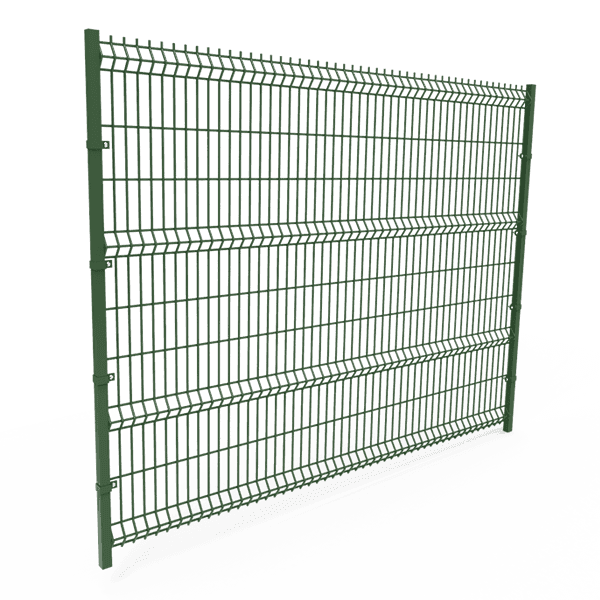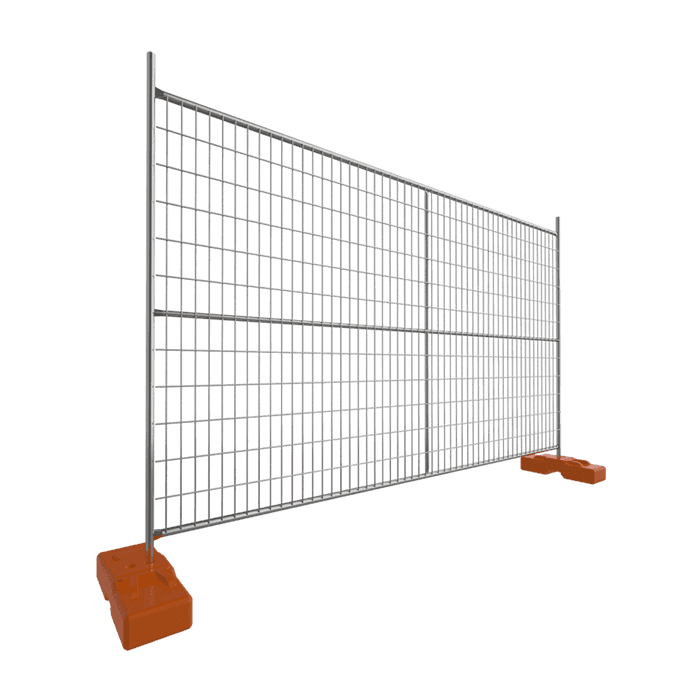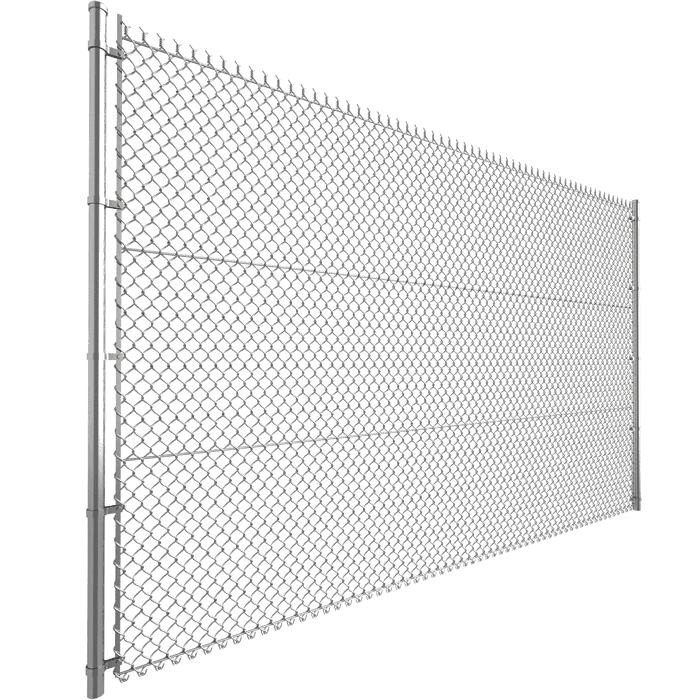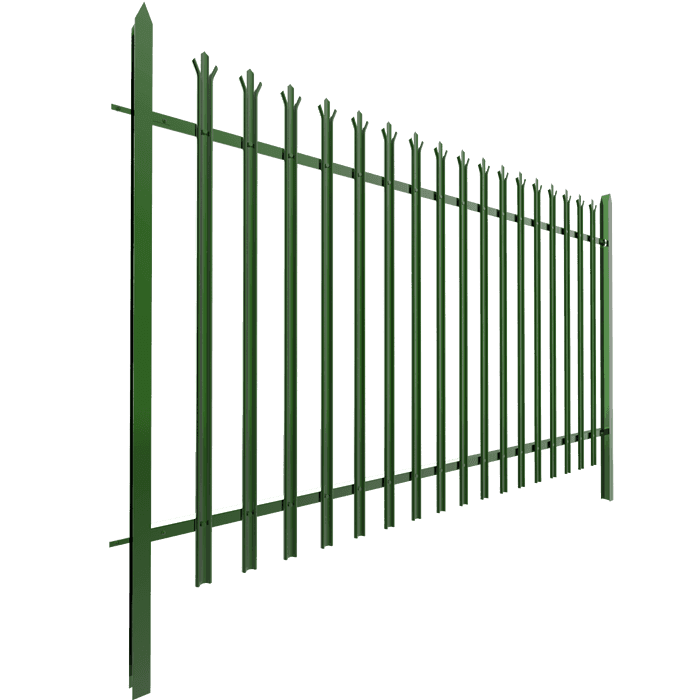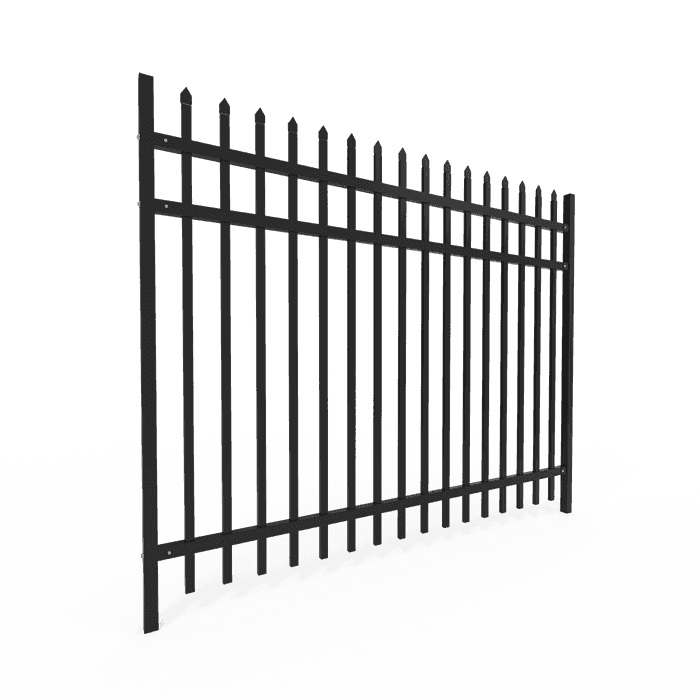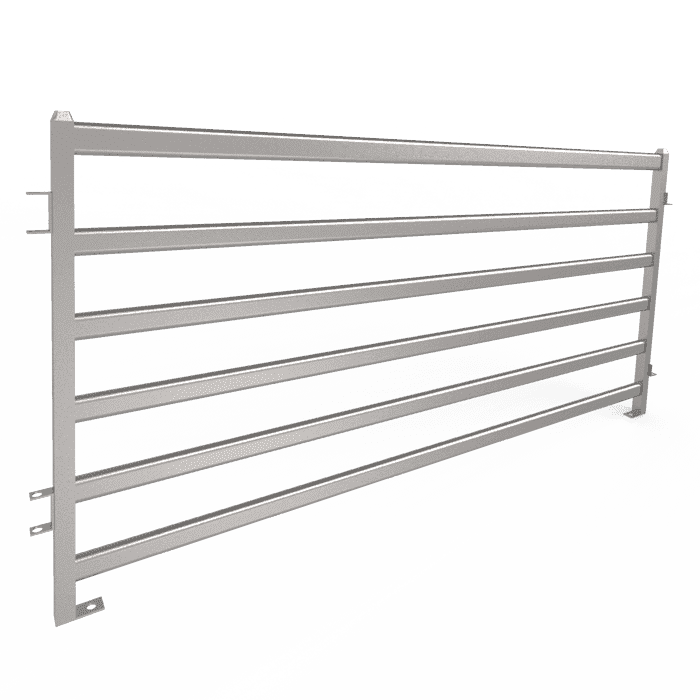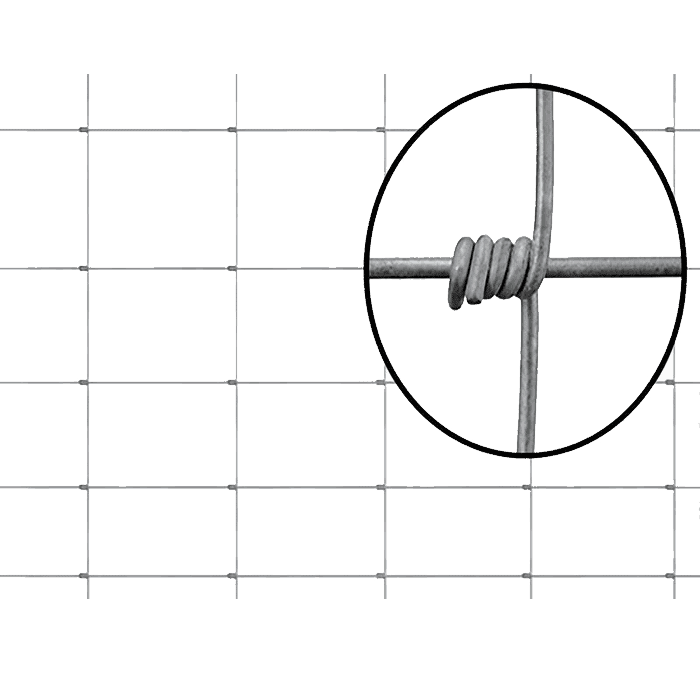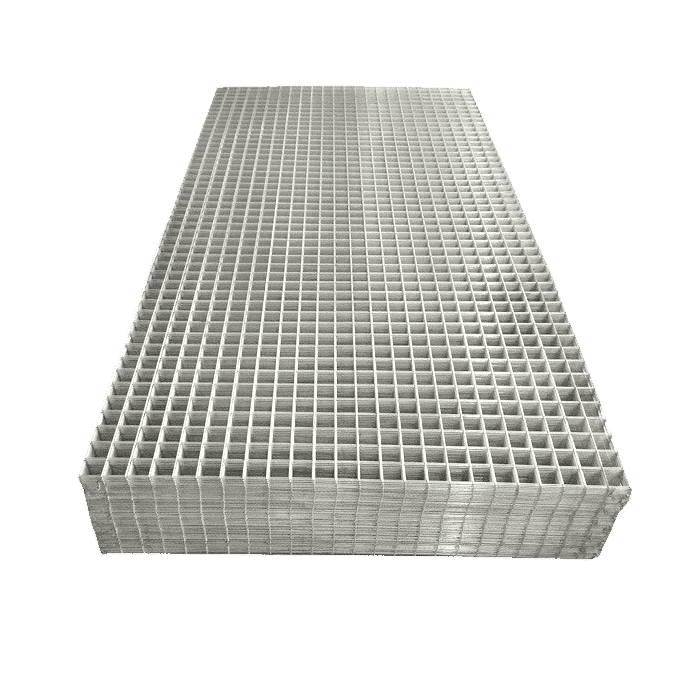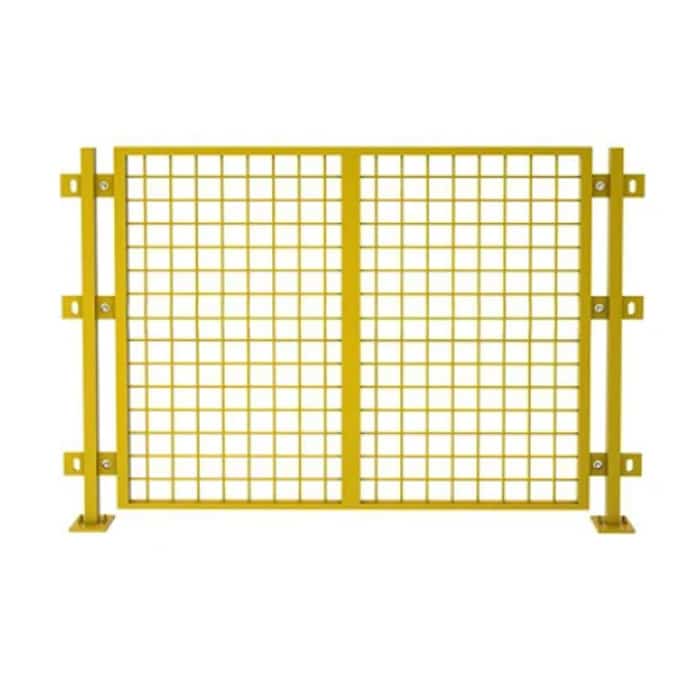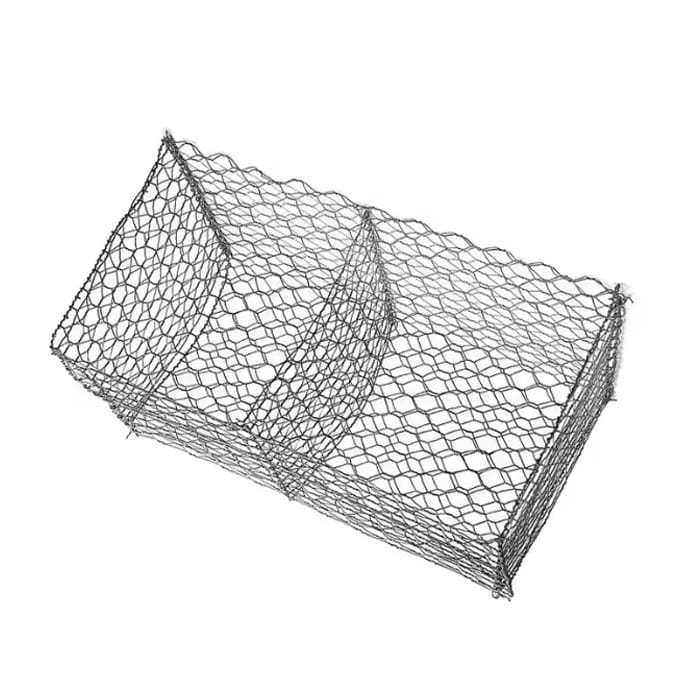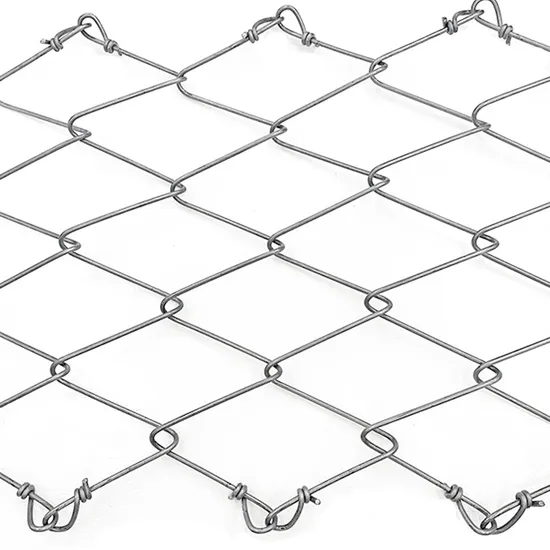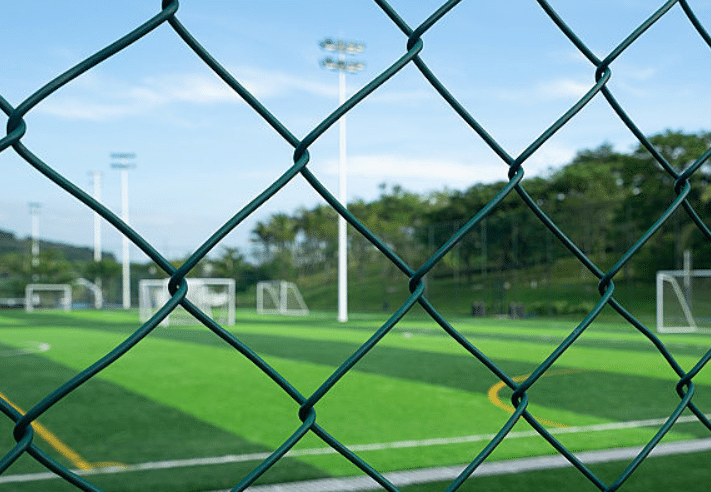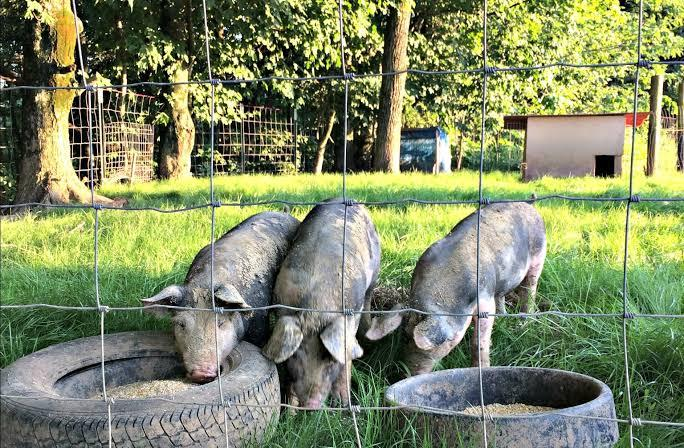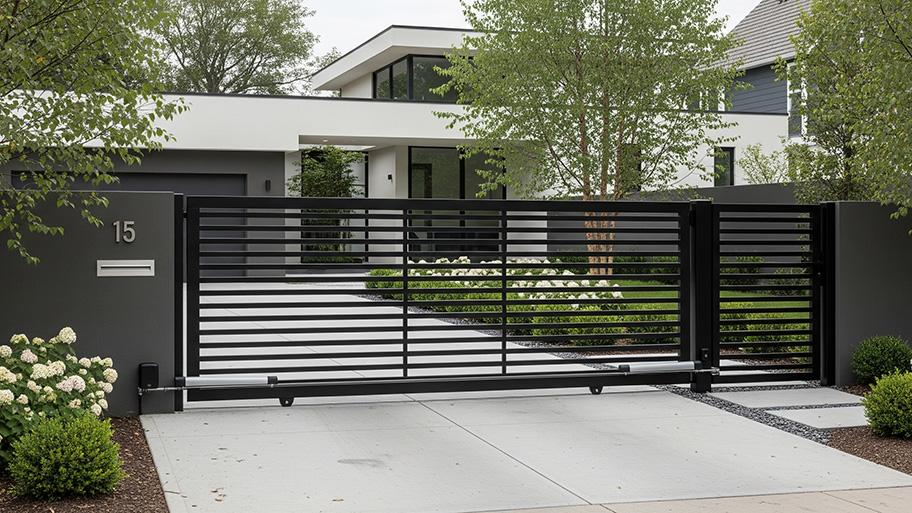Table of Contents
A fence is more than a boundary—it is an integral part of the safety, privacy, and curb appeal of your home. Be it a wooden picket fence, a slick vinyl style, or a hard-to-budge metal enclosure, all types of fences have to endure their fair share of wear and tear over time.
Weathering, soil shifts, something physically hitting it, and the occasional lapse in a little meaningful care will compress a fence’s life expectancy quite a bit. Hence, fence maintenance is key to ensure the protection of your investment and that the fence remains attractive and solid through the years.
A proper fence maintenance program will spare you a mountain of costly repairs while maintaining the structural integrity and beauty of your fence. The good part about this is that it need not be complicated.
With the right skills, some seasonal upkeep, and a bit of know-how on your fence and its specific needs, you will significantly increase its lifespan. This article will cover most of the everyday causes of fence damage, some maintenance tips related to materials, professional techniques, and when you should go the DIY way vs. hiring a professional.
Part 1: What Are the Common Causes of Fence Damage?
Fences face the elements and weather conditions; as such, several threats may cause a fence to face damage over its long-term exposure. Familiarity with common fence problems helps to avoid bigger issues and enhances the service life of the fence.
Here are some of the problems one may face:
1. Weather and Environmental Factors
Dreadful weather spells disaster for fences. Water from rain or snow, and excessive humidity cause wood to rot, roofs to mold, and metal fences to rust. Bright sunlight will burn and fade color-fading under full tinge exposure, drying-cracking, and warping if wood or vinyl fences are on the receiving end. Winds and storms will blow panels off or uproot posts poorly anchored into the soil, especially when loose and eroded.
2. Poor Installation
Improper installation always results in premature failures. If posts are not set deep enough or are not secured with materials, the whole fence leans, sags, or collapses. Uneven panels, weak joints, and substandard fasteners are all equally damaging to the structural integrity.
3. Soil Movement and Tree Roots
Soil shifts brought by erosion, floods, or freezing, and thawing cycles may cause fence posts to tilt or become unstable. Tree roots growing under or from close to the fence displace the posts and crack the foundation materials.
4. Physical Impact
Any physical impact coming from vehicles, lawnmowers, children climbing, or dogs digging could damage fences. Eventually, much force over time may loosen panels, break boards, or bend metal members.
5. Lack of Maintenance
Neglecting routine care accelerates deterioration. Unaddressed minor issues like chipped paint, loose nails, or insect damage can worsen quickly, leading to costly repairs or total replacement
Part 2: What Are the Differences in Fence-Maintenance Approaches in Terms of Materials?
Not all fences are alike, and the type of material that makes up a fence largely dictates how one should take care of it. Wood, vinyl, metal, and composite all have differently inherent properties, susceptibilities, and maintenance requirements. Allowing oneself to be familiarized with the care methods for each type can better enable a person to protect the fence and, hence, prolong its life.
1. Wood fences
Loved for their natural beauty and versatility, wood fences rank as some of the most-maintained fence types. Wood, if not properly treated, becomes susceptible to rot, insect infestations, warping, and weather hazards.
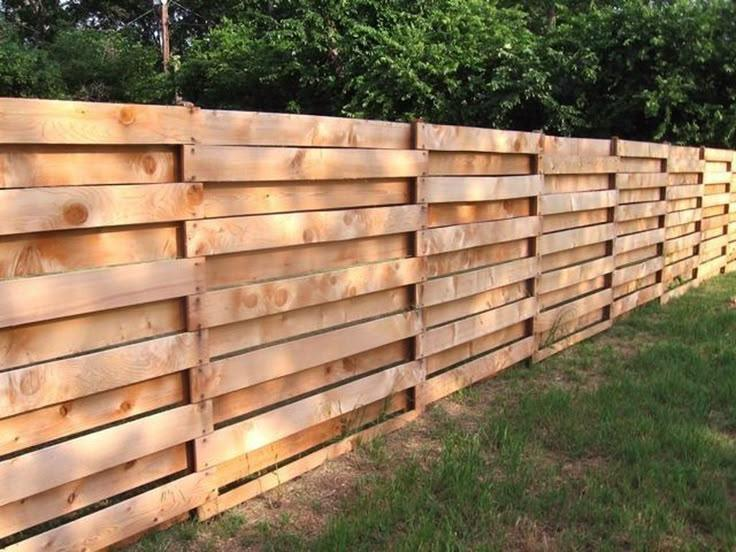
Some maintenance tips:
- Take care of staining and sealing: Wood fences should be stained or sealed every 2 to 3 years to prevent moisture penetration and UV ray damage. Such precaution stops the wood from cracking, fading, or rotting.
- Look for pests: Be on the watch for termites, carpenter ants, or other insects that bore into wood.
- Gently clean:Use a garden hose with a soft brush or maybe a very mild detergent to off wash mold or mildew buildup.
Fix immediately: Replace boards that are rotting or splintering, and tighten any nails or screws that have become loose
2. Vinyl fences
Long-lasting and low-maintenance, vinyl fences are famous. Although they might crack in extreme cold or bend in severe heat, they are resistant to rot, pests, and most forms of weather damage.
Maintenance tips:
- Regular washing of the fence should be done with a mild soap and water mixture. Dirt, algae, and stains are easily removed with a gentle brush or towel.
- Never use strong chemical cleansers or abrasive pads since they might discolor or scrape the vinyl.
- Look for structural damage from storms or temperature changes; then, right away, replace any cracked panels.
3. Metal Fences: Steel, Aluminum, Wrought Iron
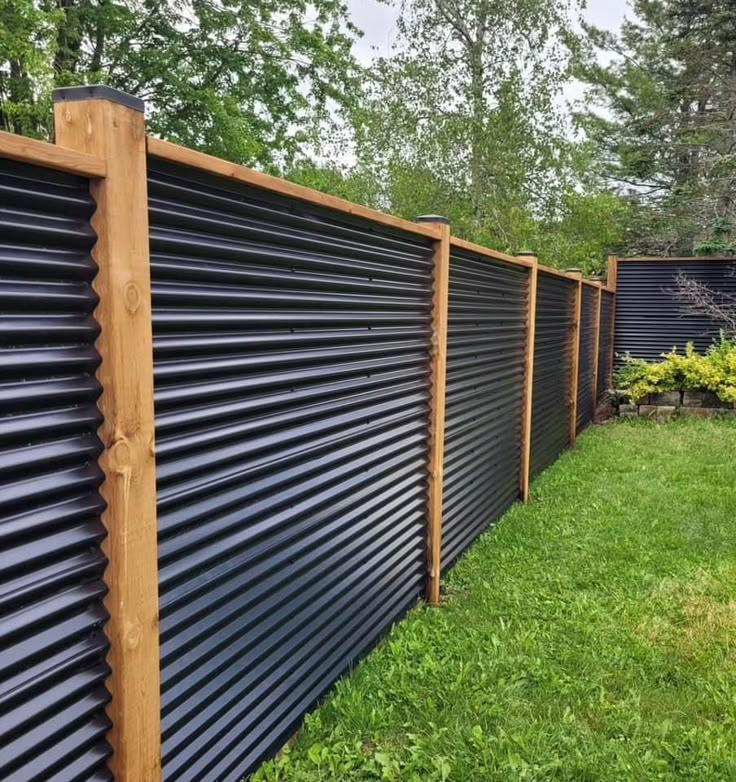
Particularly wrought iron and steel, metal fences provide strength and beauty but call for care to stop rust and corrosion. Though aluminum fences are more rust-resistant, dents or bends can still harm them.
Strategies for maintenance:
- Apply a rust-resistant primer or paint every few years, particularly if you see any flaking or damaged places.
- Remove rust spots using a wire brush, then cover the repaired area with protective coatings.
- Particularly on wrought iron fences, look for loose bolts, fractured welds, or broken joints in welds and fasteners.
- Regular oil lubricating of gate latches and hinges will help to avoid corrosion and stiffness.
4. Composite Fences
Made from a mix of wood fibers and recycled plastic, composite fences provide the look of wood with fewer upkeep requirements. They resist insect damage, rot, and warping.
Maintenance tips:
- Routine cleaning: Use a power washer set to low or a hose to get pollen, mildew, and dirt out. For greater cleaning, a mild soap solution is perfect.
- Steering clear of leaves, mulch, and other organic materials that could eventually stain the composite surface is important.
- Check for fading or splitting: Some composite materials, while rare, could fade or split from severe sun exposure. Recoating with composite-safe chemicals can assist restore look.
Maintenance Summary Table
Material | Maintenance Level | Key Concerns | Maintenance Methods |
Wood | High | Rot, insects, warping | Stain/seal, inspect for rot, replace damaged boards |
Vinyl | Low | Cracking, fading | Clean with soap, inspect for cracks |
Metal | Medium | Rust, corrosion | Rust-proof coating, clean joints, repaint if chipped |
Composite | Low to Medium | Fading, surface staining | Gentle cleaning, monitor for surface damage |
Part 3: What Are the Differences in the Maintenance of Fences in Different Seasons?
Your fence’s condition and the timing and intensity of some maintenance chores depend on seasonal changes. Knowing how various weather conditions influence the materials of your fence and how to modify your fence maintenance plan accordingly will help you to year-round suitably guard your fence.
1. Spring: Inspection and Cleaning
Early in the year, snow, ice, and wind can cause unseen damage that has to be fixed. Thus, here are some of the maintenance tasks one has to do:
- Check for damage: Look for cracks in vinyl or composite materials, rust on metal, and rot signals in wood fences.
- Clean thoroughly:Remove mold, fungus, and debris possibly accumulated. For vinyl or composite fences, use gentle soap and water; wood could call for pressure washing or a brush with a deck washing solution.
- Repair and repaint:Spring is ideal for repainting or resealing wood fences because the normally moderate weather allows for adequate drying.
2. Summer: Shield from Sun and Heat
Particularly for materials like wood and vinyl, high heat and UV exposure in summer can lead to fading, distortion, or drying-out of certain goods.
During summer, you should do these maintenance practices:
- Stain or seal wooden fences to stop sun damage; apply UV protection. If relevant, coat metal or vinyl with UV-resistant paint or protectors.
- Heat can distort vinyl or dry out wood, so keep an eye on panels for indications of movement or cracking.
- Keep plants and bushes away from the fence to enable air circulation and stop wetness accumulation.
3. Autumn: Preparing for Winter
Preventive maintenance is most important in the autumn. Dealing with minor problems before winter will help you avoid major repairs afterwards. These Maintenance include:
- Tighten and stabilize preparations for heavy snow or strong winds by fastening loose posts, panels, or fasteners.
- Clear organic matter and fallen leaves to stop rot, mold, and insects.
- Do touch-ups before cold weather sets in if sealant or paint is flaking or fading.
4. Winter: Keep an Eye on and Reduce Damage
Although winter is normally not a time for significant repairs, you can still take steps to reduce damage.
- Especially with wood or vinyl kinds, avoid leaning snow shovels, tools, or plowed snow against the fence.
- Look for fallen trees or ice accumulation after storms that might harm posts or panels.
- Watch salt carefully: De-icing salts can corrode metal fences and stain wood or composite. When appropriate, use alternatives such as sand or natural grit.
- Aligning your fence care with seasonal demands will help you to proactively preserve structural integrity, aesthetics, and function, therefore extending the life of your fence for the next many years.
Part 4: What Are the Professional Techniques for Extending the Lifespan of Fences?
Although regular maintenance is absolutely important for maintaining fences in good condition, professional-grade methods may greatly increase longevity and prolong the service life of your fence. These techniques emphasize long-term protection and structural support, so going beyond simple cleaning and repairs.
Some of these techniques include:
1. Good installation using quality materials
Beginning with the proper foundation, longevity Experts make sure fence posts are anchored in concrete or gravel deep enough, usually at least one-third of the length, to prevent movement and leaning.
They also employ weather-resistant fasteners, brackets, and materials adapted to the local environment. Another approach to stop early degeneration is to invest from the beginning in either treated wood or rust-proof metal coatings.
2. Weatherproof Sealants and Coatings
Applying particular protective coatings is one of the most efficient commercial methods for fence maintenance. These comprise:
- Deep-penetrating wood stains and sealants block moisture absorption and UV damage.
- Paints for metal fences that provide a long-lasting barrier against corrosion: rust-inhibiting coatings or powder coatings.
- Vinyl fences’ UV-resistant sprays guard against fading and cracking caused by sun exposure.
3. Management of Soil and Drainage
A frequent source of soil movement and wood rot is water pooling around fence posts. Some of the ways to tackle this include:
- For improved drainage, install crushed stone or gravel around the base of posts.
- Sloping the ground away from the fence line.
- Apply skirts or sleeves to stop water contact with the base of wooden posts.
- In regions with strong rain or snow melting, good drainage is particularly important.
4. Structural Reinforcements
Fences might sag or tilt over time as a result of wear or environmental stress. Instead, do this to improve the longevity of your fence:
- Including cross-bracing helps to stabilize long stretches of fencing.
- Substituting weaker or damaged posts with tougher materials.
- Installing steel posts or tension wire for extra support in chain-link or metal fences.
5. Planned Maintenance Schedules
Finally, many fence installers provide maintenance and inspection plans annual or every two years. These include cleaning, little repairs, repainting, and hardware replacement—maintenance that prevent little problems from developing into big ones.
Part 5: Can I repair the fence myself, or do I have to hire a professional?
The question of whether you can repair a fence yourself or need to hire a professional mostly depends on several factors. Some of the factors to consider before deciding who will repair include the degree and kind of damage, your level of expertise, and the tools available.
For minor chores like changing one board, tightening loose screws, painting or sealing, or mildew removal, usually enough is done by DIY fence maintenance. Many homeowners with basic tools and some spare time can tackle these projects with ease.
However, for more challenging problems such leaning posts, great rot, rusted metal components, or storm damage, professional help is typically best. All of these call for expert tools and knowledge: digging, resetting posts in concrete, welding steel components, or replacing major sections.
Conclusion
There you go! You have all the information you need to maintain your fence. Understanding the frequent causes of damage, applying material-specific care routines, and modifying maintenance by season helps to shield your fence from early wear by every proactive step you take.
Although many maintenance and repair jobs can be done yourself, don’t hesitate to call in experts for structural problems or advanced treatments requiring experience and equipment. Your fence can fulfil its purpose for decades with the correct mix of timely repairs, weatherproofing, regular inspections, and appropriate cleaning.

